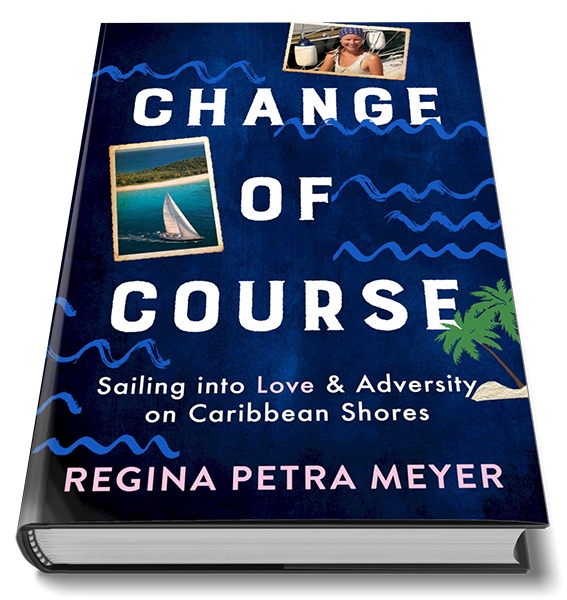

Self-publishing a memoir to industry standard - my story
Written by Regina Meyer
As featured on: Life Stories Mentor, 9 June 2022

When I finished the first draft of my manuscript, I felt chuffed and excited. ‘My book is just around the corner,’ I thought, swept up in my initial euphoria. Of course, I had heard reports of accomplished authors who had submitted their work to countless publishers before succeeding in their quest. I swiftly wiped those concerns aside, for I could sense luck was on my side…
At first, though, I was unsure how to proceed with my manuscript. The story sat quietly in my computer for a while until I gathered up the courage to pitch it. But to whom? I didn’t want to do broad sweeps and decided to start with agents, followed by publishing houses. I began submitting one at a time and quickly learned that I was in for a lengthy process. At times it took months to receive a response. Although the content of those messages was kind, the continued ‘No, thank you’ was disheartening. I lost momentum, those successful author stories were mocking my earlier confidence in my subconscious. ‘You’ll never get there. Best to give up now,’my thoughts were further taunting me, ‘Who is interested in your little story, anyway?’.
What to do next, I wondered? Should I abandon the project, or continue? Something was pushing me to finish this project and the choice to self-publish was solidified in March 2020, when we first experienced COVID-19. As a tourism worker I was stood down from my employment and suddenly had time on my hands. I wanted to use this opportunity and decided to hire an editor. Luckily, I stumbled upon a highly competent editor in Australia, specialised in memoir work! After an initial consult June, from Life Stories Mentor, agreed to take on my book and we dove into the work of refining my story.
It was satisfying and exciting to see my work take shape. Without altering my voice, June highlighted passages that deserved more visibility, prompted me to elaborate on feelings that I had skipped over and deleted portions that were not relevant to the overall story. I witnessed my manuscript become more condensed, well rounded and pleasing to read.
At June’s suggestion, I signed up with the ASA (Australian Society of Authors) and did a few of their very informative courses. I learned about the ASA’s Literary Speed Dating events and eagerly signed up to get three minutes to pitch my work with a select few publishers. I fine-tuned my speech to the last second and rehearsed until I could perform it without a hitch. ‘That was a great pitch!’ one of the publishers exclaimed when I finished, but not even then did I receive a request to have my manuscript read. You got that right: not only ‘not published’, not ‘read’! After a few more similar rejections I felt crushed. It finally sunk in that this was indeed a much harder journey than anticipated. Those famous authors did have a point after all. ‘A marathon, not a sprint,’ I told myself. I closed my manuscript files again and pushed the thought of publishing aside for a while. Self-doubt crept in. Maybe it was too hard. What if my story just didn’t matter enough?
Lucky for me, I am stubborn. I kept doing courses and met other writers in similar positions. Tentatively, I revisited the option of self-publishing and eventually decided to go down this route. I had already spent a considerable amount on the edit, why should I stop now? But which way to go about it exactly? I could either do it on my own or enlist the help of others. After looking into the rather confusing options and advice online I decided to publish with the assistance of industry professionals.
I found my book designer on the Australian Book Designer’s Association website and was not disappointed. I am biased but was more than pleased with the cover. In dark navy with a standout font, it looks stylish, playful, and very much on topic. Working with an experienced book designer was easy. She knew printing requirements and constraints inside out and could implement any changes quickly and to precise standards. Next, I hired another woman to help with the overall publishing and coordination of the process. She checked that the internals of the book looked and read well, and that dark colours wouldn’t bleed though the next page. The book was converted to eBook format correctly and the content was professionally proofread. The final product: A book that is produced to industry standard!
As a final step, I contracted a publicist to help get word out about my book. What good is it to have gone through all that effort and end up with stacks of books piled up in my office, unable to connect with potential readers? As a former news anchor, the publicist has valuable connections to media outlets across Australia and will help to organise print and airtime to spread the word about my story.
Rest assured, you can do all of this on your own. There is software for creating covers and text design. You can enlist reliable contacts to proofread your work and you can decide to upload your book pretty much instantaneously. You can market your work through social media. All power to you!
Here are some statistics that assisted my decision-making:
-
On average only 3 per cent of authors get traditionally published! The rest of us do it ourselves. The advantage of traditional publishing is we get credibility and a contract that will ensure your publishing house will produce and market our book. This ensures more visibility, but less royalties. On the other hand, when we self-publish, we foot the bill and take home more of the profits and must do all the work (and believe me even by outsourcing work, I did countless of hours of reading, researching, and learning about the finer details of each step). In my case, I spent well into five figures to get my book published.
-
On average in Australia an author will sell 300 copies of a book, and this is often much lower for independent authors. By spending a rather large amount on my book, I could face a loss. I’ve known this from the outset but was willing to take the risk to produce a quality product.
Why do I care, you might ask? Because this book is my baby. Because I care about it and wish to give it the best possible chance. A work published to industry standard is more likely to be stocked by a bookstore or a library, or distributed by a wholesaler, which may mean better chances of commercial visibility and success. Then again, it all depends on what you want to achieve with your book. For me, writing my story was a passion project and not about creating a viable business. Six years after finishing the first draft I am excited to share my book, my story, with readers around the world!
-
Change of Course: Sailing into Love & Adversity on Caribbean Shores is available from Regina’s website, or your preferred bookseller from 22 June 22.